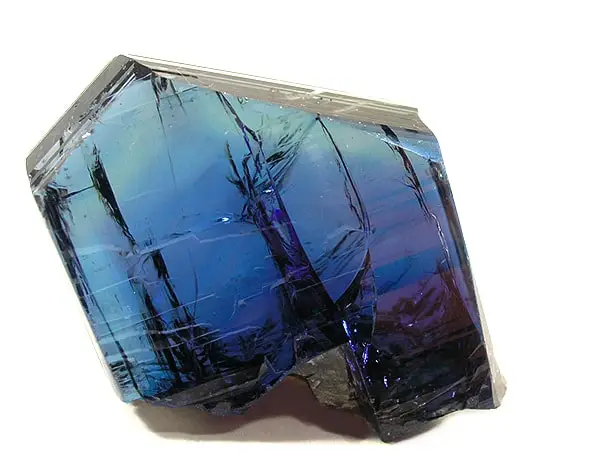Gemstone finds 🢔 Rare natural materials 🢔 Geological wonders 🢔 Categories of wonders
Wonder
The old Persian turquoise mines near Nishapur
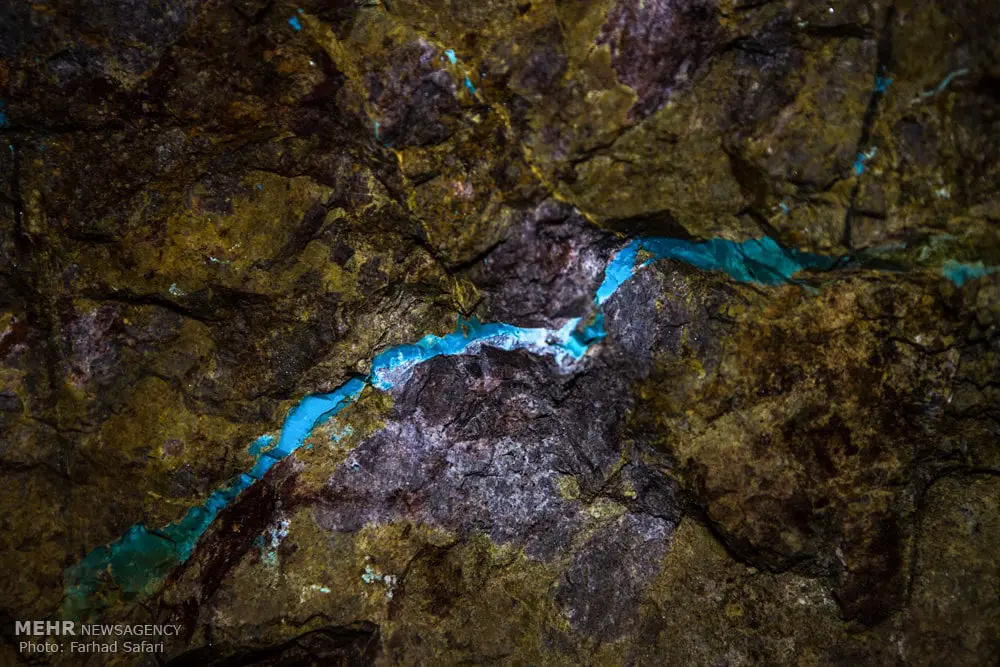
 In short
In short
The world’s most beautiful turquoise is mined near Nishapur, Iran. Here is the find of the legendary Persian turquoise which is mined up to this day by hard-working people in the somewhat shabby village of Ma’dan.
 45.8%
45.8%
GPS coordinates
Location, address
Gemstone
Map of the site
If you see this after your page is loaded completely, leafletJS files are missing.
 In detail
In detail
The legendary Persian turquoise
Turquoise was one of the world’s first gemstones. The world’s oldest gem mines were developed before the times of Ancient Egypt, in the southern part of the Sinai peninsula around 6000 BC.
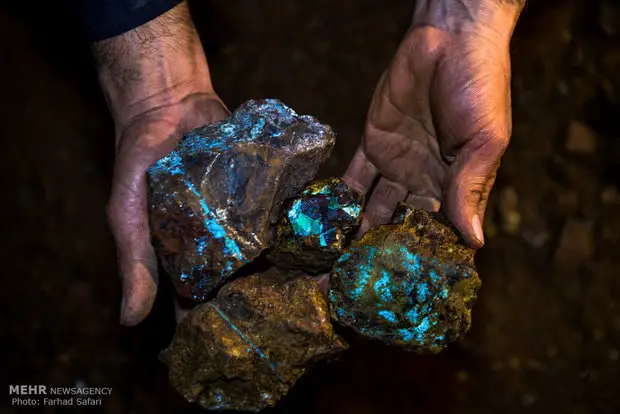
Persian turquoise mines have a similar age. Mining of the eye-catching blue stone started here some 5000 years ago – or even 7000 years ago! While the best Egyptian stones were exhausted and have much lower quality now, the mines near Nishapur are active up to this day. Even more – geologists have assessed that with the current tempo the mining can continue here for 200 more years!
For several thousand years the mine in Nishapur was the main supplier of this gem in the Old World.
Over these millennia turquoise from Nishapur has left a profound influence on the art and cultural values of Persia. People learned to imitate the sky-blue stone with glass, enamel, colors. Domes of the palaces and mosques, tiles in basins, garments, and jewelry were covered with diverse materials in turquoise color.
Turkish stone
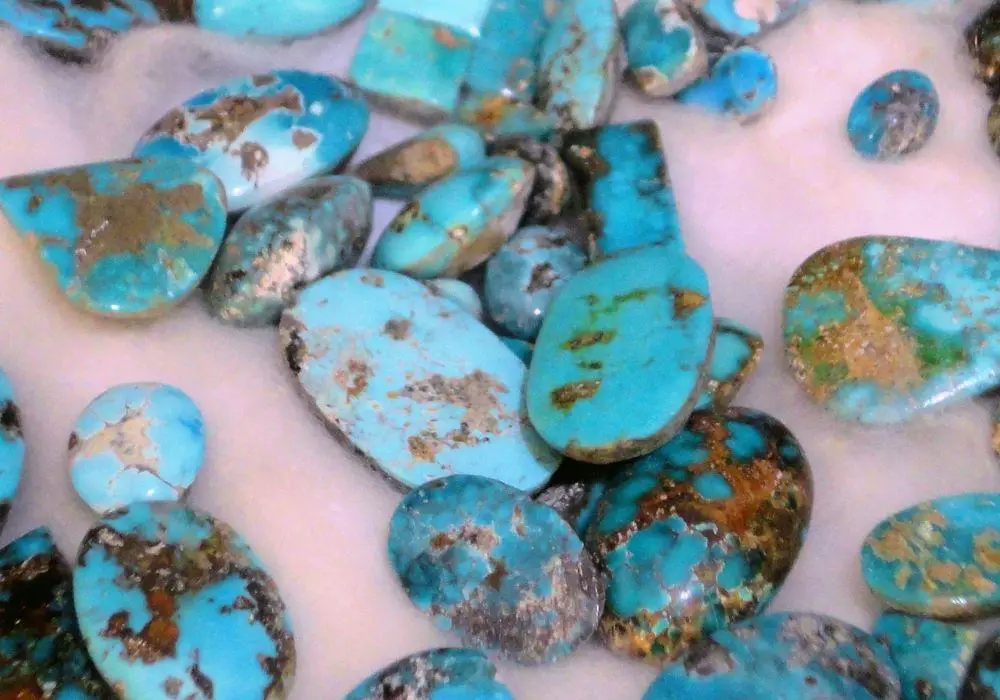
When Persian turquoise was imported to Europe in the 17th century, it was supplied through Turkey. French named the stones simply “turquois” – “Turkish”. Thus the Europeans (and Americans and many others) now call the stone in the name of a country that has rather little to do with turquoise.
If Persians were obsessed with turquoise, Europeans were too. Stones of very high quality were not much cheaper than brilliants or emeralds, especially during the Napoleonic times.
Nowadays the market is flooded with turquoise of rather low quality, there are lots of imitations as well. Most people have never seen a high-quality turquoise – it is rare. But it exists, and the best one still is mined in the old mines near Nishapur.
Ma’dan – mining village
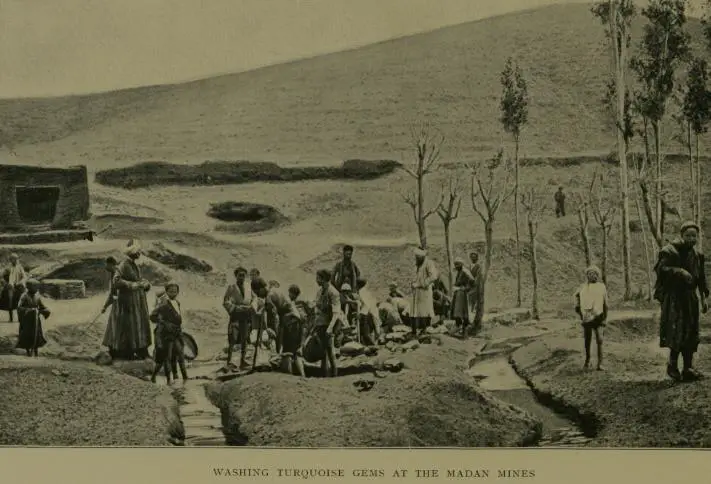
The stones are found in weathered trachyte from the Eocene period on contact with limonite and sandstone.
As it is usual, at first people gathered stones on the ground. When the blue stones in the scree ended, they dug into the cliffs. The Ali-Mersai mountain was favorable – veins of the stone were everywhere. Over the last centuries, the mountain has been crisscrossed by mines, and villages of miners have grown right at the entrance of the mines. The best-known mine is in a village named simply “the Mine” – Ma’dan.
Some of the best local mines are:
- Khak Ghermez – here are found stones of mild blue color without inclusions. The whole stone has the same color.
- Abo Ishaghi or Abdo Al’Razaqi – exhausted mine where the highest quality stones were found.
Every year some 30 – 40 tons of stones are mined in this area, some 15 – 20 percent are cut into gems. Unfortunately, mining has not brought much prosperity to the people. As with any mining, this is hard and often hazardous work, which up to this day is continued with rather primitive methods.
Processing and marketing
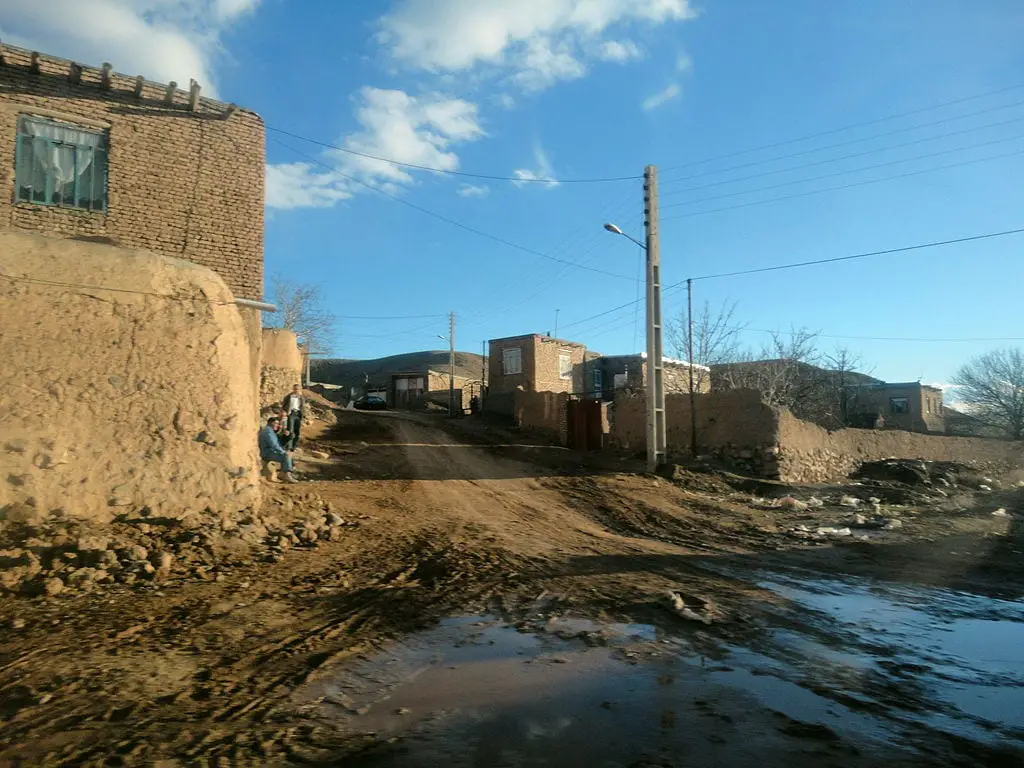
Most of the mined turquoise is further processed in three nearby towns – Firoozeh, Nishapur, and Mashhad. This is a fairly important business for the local economy with thousands of people involved. Most of the stones are exported to the Gulf Countries and East Asia.
The Persian turquoise traditionally is classified into three quality groups:
- Anqushtari (Angusthari) – the highest quality, with a rich blue color.
- Barkhaneh – somewhat less quality, with more markings and matrix.
- Arabi – stones with pale blue or green shade, with ugly speckles.
A turquoise of high value has an intense blue color – the darker the better. It is smooth and does not have inclusions.
One of the most sought varieties is the “Sleeping Beauty Turquoise” with absolutely flawless coloration. The Persian “Sleeping Beauty” should not be confused with the American “Sleeping Beauty Turquoise” from Arizona – which also is a high-quality stone.
References:
- Turquoise Mine in Neyshabur, Iran, Paywand. Page accessed on 27th May 2019.
- The Turquoise Guide. Page accessed on 27th May 2019.
The turquoise mines near Nishapur are included in the following list:
 Linked articles
Linked articles
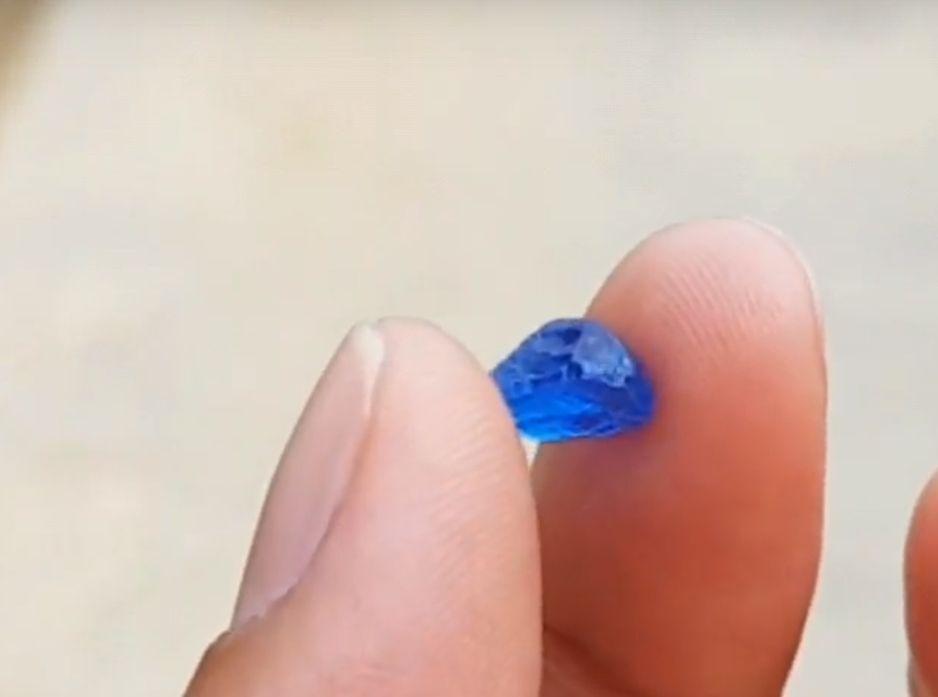
10 finds of unique blue gemstones
A list of ten finds of unique blue gemstones around the world. Some of these gemstones are found only in one place: such as tanzanite or benitoite.
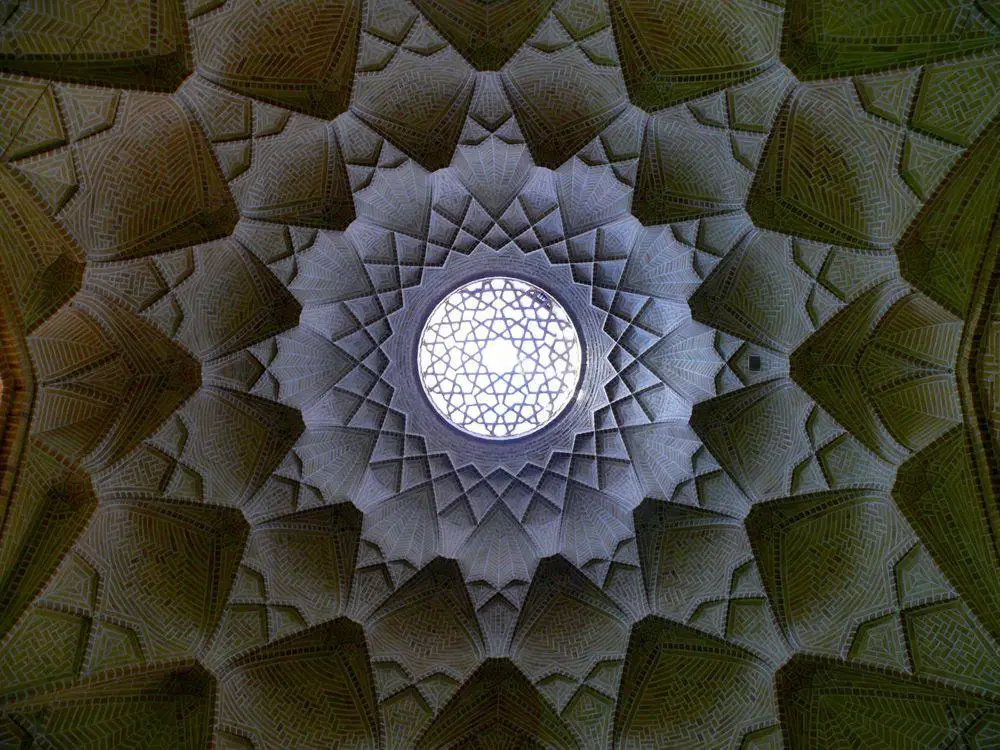
Wonders of Iran
Iran is one of the most exciting countries in the world regarding man-made heritage. Here developed some of the most ancient civilizations of the world, ancient people living in Iran developed writing and different technologies. The urban infrastructure of many ancient desert cities in Iran in some aspects is unsurpassed even by modern standards.
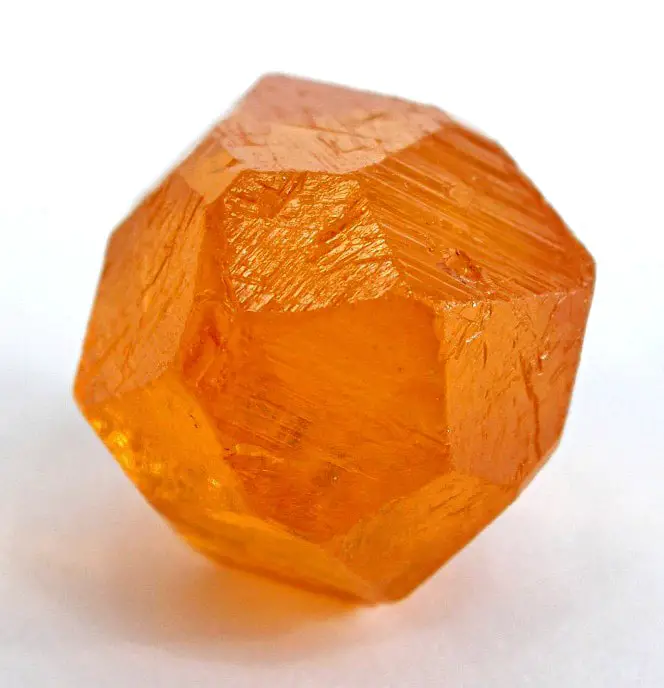
Gemstone finds
Gemstone finds are locations where are found rare and beautiful stones which that can be used for jewelry and have high market value.
Many finds of gemstones, such as jadeite mines in Guatemala or Sar i Sang lapis lazuli mines in Afghanistan – have been used for millennia and are legendary places.
 Recommended books
Recommended books
Turquoise (Updated): The World Story of a Fascinating Gemstone
Turquoise has been mined on six continents and traded by cultures throughout the world’s history, including the European, Chinese, Mayan, Aztec, Inca, and Southwest Native American. It has been set in silver and gold jewelry, cut and shaped into fetish animals, and even formed to represent gods in many religions. This gemstone is displayed in museums around the world, representing the arts and traditions of prehistoric, historic, and modern societies.
Sky Blue Stone: The Turquoise Trade in World History
This book traces the journeys of a stone across the world. From its remote point of origin in the city of Nishapur in eastern Iran, turquoise was traded through India, Central Asia, and the Near East, becoming an object of imperial exchange between the Safavid, Mughal, and Ottoman empires. Along this trail unfolds the story of turquoise–a phosphate of aluminum and copper formed in rocks below the surface of the earth–and its discovery and export as a global commodity.

